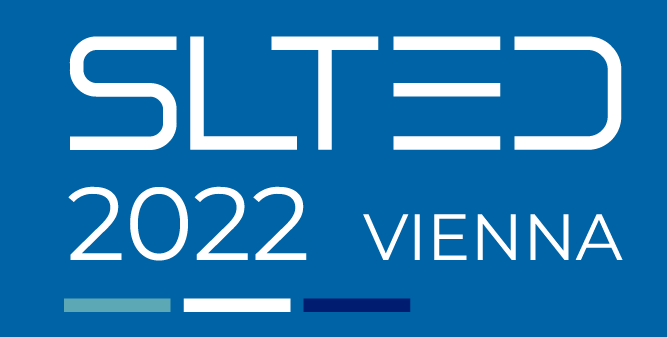Guided walks
Meeting point: in front of ROM 1-5 or at the registration desk at 5.40 pm
In English (university tour in German)
Free of charge
- Hidden corners (1.5-2 hours, in English) – During this walk we will guide you through the narrow, winding lanes of one of Vienna’s oldest districts: From the Greek Quarter with its medieval flair to the area of the Old University which was founded in 1365, to the Blutgasse. Here the historic houses, badly damaged in World War II, were renovated in an exemplary urban renewal project. Vienna’s history can be re-lived in these quaint mews and hidden courtyards. Passing Baroque palaces, churches and bourgeois houses we will follow in the footsteps of famous Viennese as well as “newcomers” such as Mozart, Brahms and the “Lieber Augustin”.
- Jewish Vienna (1.5-2 hours, in English) – The Jewish population of Vienna was, throughout the centuries, subject to an ever-changing history. Beginning in the 12th century Jews settled in Vienna. Often they were granted privileges and protection by the ruling family; or they were made to take the blame for deplorable conditions in the city and were driven out or murdered. And so Jewish settlements were continually established and destroyed.
Jews have made enormous contributions to Vienna’s cultural scene: Writers such as Stephan Zweig, Joseph Roth or Arthur Schnitzler to name but a few. But also doctors, bankers and politicians could, since the Tolerance Decree of the 18th century, practice their professions more or less freely. We can trace the history of the Jews in Vienna through its buildings, streets and squares, and through the fate of individuals. Memorials such as the one on Judenplatz or the “Stones of Remembrance” in Vienna’s streets are meant to help keep the crime of the Shoa from being forgotten. - Around Spittelberg (1.5-2 hours, in English) – The Vienna Spittelberg neighbourhood is located right behind MuseumsQuartier. The area is famous for its romantic alleys and charming Biedermeier-style houses. However, in times past, this neighbourhood was known as the “Mountain of Venus”, given the many small taverns where patrons could purchase more than just food and drink. Take an outdoor guided tour to learn about the history of this area and its eventful past.
- In the shadow of Hofburg Palace (1.5-2 hours, in English) – This walk will take us along the periphery of the area which was founded by the Romans as the military camp Vindobona. Still today some of Vienna’s houses are built on Roman foundations! Avoiding the main streets, our route leads us past noble palaces and churches of the Baroque period to the medieval Minorite Church and remnants of the ramparts which formerly enclosed the city. Ludwig van Beethoven once lived here, right next to the “Dreimäderlhaus” which was made famous by an operetta based on melodies by Franz Schubert. Across “Freyung” and passing the Church of the Scots we arrive at the square “Am Hof” where Vienna’s first ducal residence once stood at the time of the Babenbergs.
- Love and desire in Vienna (1.5-2 hours, in English) – Stories about love and desire in Vienna are a universally intriguing and almost inexhaustible topic. Viennese have partaken in the pleasures of the flesh for centuries – sometimes in clandestine ways, sometimes openly. The so-called Hübschlerinnen (prostitutes) of the Middle Ages and the courtesans of the famous Graben street of the Baroque era were part of the Viennese way of life and love. The anecdotes and myths surrounding the Viennese courtesans of the 19th century surely contributed to the fantasies of many. This entertaining tour will give you insight into life inside those private dining rooms, and you will hear anecdotes about flirtatious encounters, but also about true love at the royal court.
- The main building of the University of Vienna (around 1 hour, in German) – an overview of the history of the university includes the Aula, arcade courtyard, main reading room of the university library and the main ceremonial hall with its Klimt reproductions.
You can also go on self-guided tours of the main building and campus using the “Uni Wien Guides” app (English or German) – details will be provided in your conference folder.
Subject to change.
